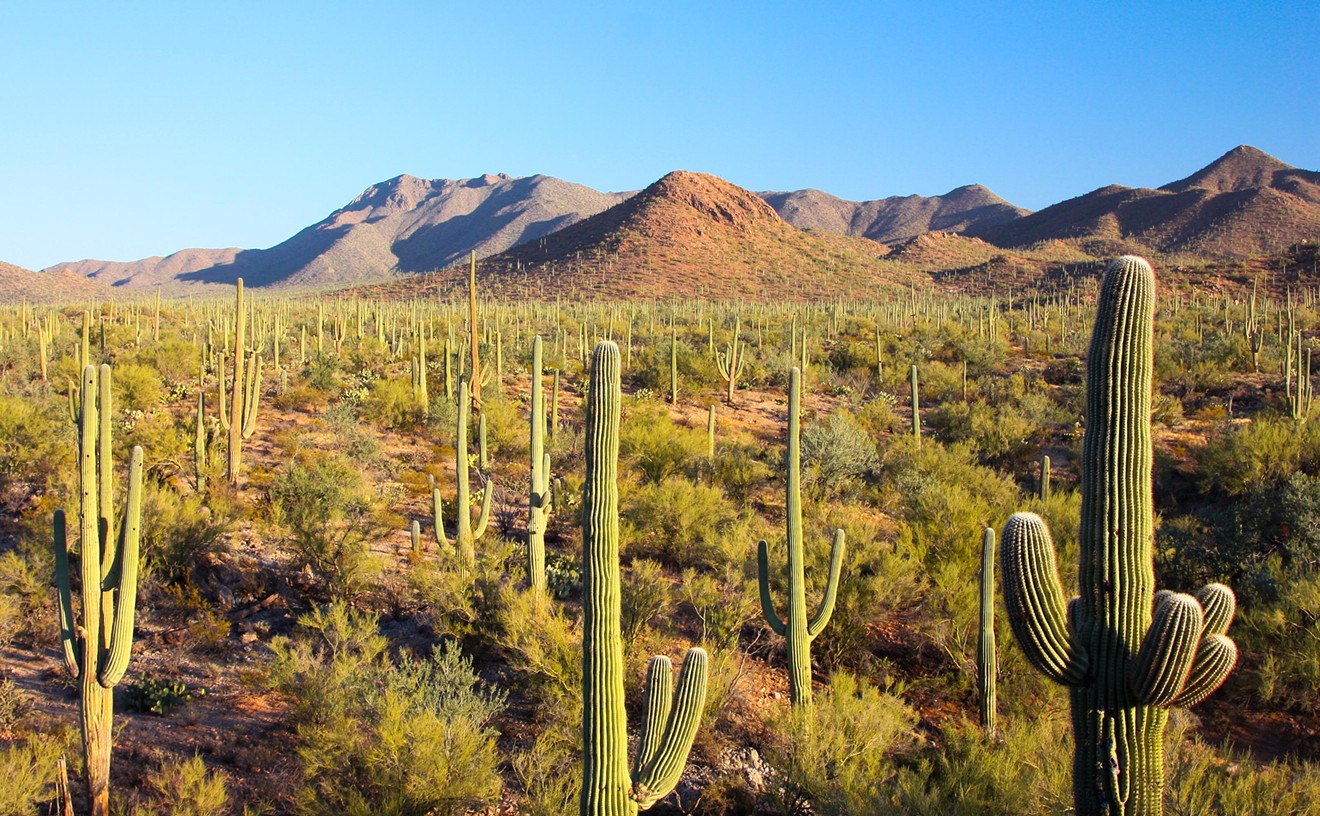But at El Tovar, my lunch was dog food and rubbish, and the service, such as it was, came from a surly youngster who tried to talk me into eating at the bar so that he could leave early. It was only Mary Colter, who designed El Tovar's interiors and was the architect of many of the better-known Southwestern Harvey buildings, who didn't let us down during our Grand Canyon visit. What the heck?
I phoned Stephen Fried, whose just-published Appetite for America: How Visionary Businessman Fred Harvey Built a Railroad Hospitality Empire That Civilized the Wild West memorializes the "food missionary" whose opulent restaurants revolutionized dining out and left an indelible mark on our nation's culture. I asked Fried what had happened to the world-class cuisine and service once associated with the Harvey name. Was there, I wanted to know, no longer a "Harvey standard"?
"The problem with running a restaurant at the Grand Canyon," Fried told me, "is that you're trying, food-wise, to be all things to all people. Fred Harvey is long gone and can't be accountable for what's happened in his restaurant kitchens. But his Mary Colter designs are still there."
It's true. Although Harvey pioneered cultural tourism and essentially invented the chain restaurant and hotel, his enduring legacy is, in fact, not even something that Harvey designed. The interiors and architecture of Mary Colter are what's lasting, and they — as Fried points out in his book — really set the standard for Southwestern design.
The rugged, landscape-integrated principles of Colter's pre-Depression-era buildings informed Western American architecture for generations. One can draw a line between Colter's then-exotic use of mission style and Spanish-American imagery and every rounded-corner Taco Bell building on today's landscape. Her 1922 Phantom Ranch buildings at the bottom of the Grand Canyon introduced Native American designs to a nation of tourists, some of whom bought Navajo-inspired Harvey souvenirs to spice up their Midwestern homes (and still others who grew up to become architects and recalled Colter's audacious pink stucco and the artificial age-effects of her rustic Hopi House in their own designs).
Her five structures on the south rim of the Canyon (the Hopi House, Hermit's Rest, the Lookout Studio, the Desert View Watchtower, and the Bright Angel Lodge) launched an entire architectural genre known as National Park Service Rustic (no, I'm not kidding, and I didn't make that name up). Her use of site materials (like the unsanded logs and native flagstone found on the Canyon floor) predates similar standards used by many Mid-Century Modernist architects. Fried says that Colter, a woman from Pennsylvania, single-handedly created what we now know as Santa Fe style.
"She was this unknown teaching at an industrial arts school," Fried says, "and she came out to the Southwest and created these profound design perspectives that we now take for granted. She hung copper kettles above the stove in a restaurant kitchen, which of course today everyone does in their own kitchen. She took Native American imagery and made it lush, and tourists came from all over and saw this and it caused them to experience what was known as 'the stinking desert' as a new and different part of America."
And so Fred Harvey's lasting legacy is not the magnificent service he insisted on or the fine food his many restaurants and lodges offered. It's the designs that his architects — in Arizona that means mostly Mary Colter — created that remain Harvey's desert bequest.










